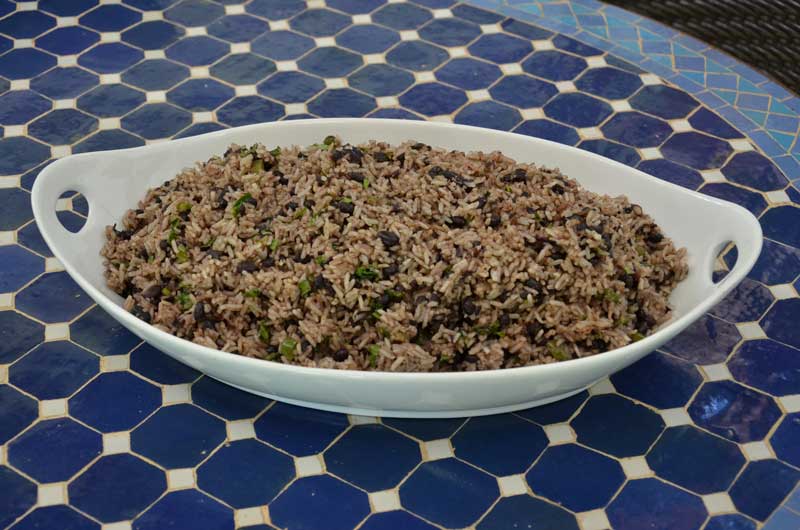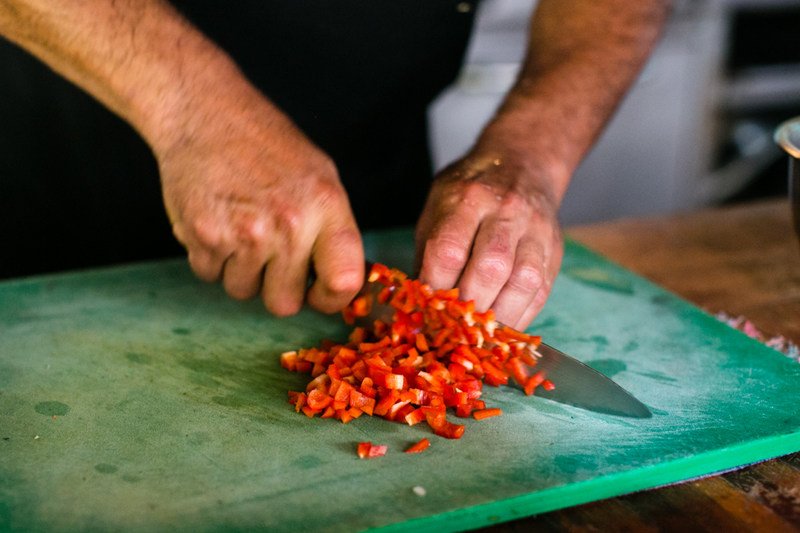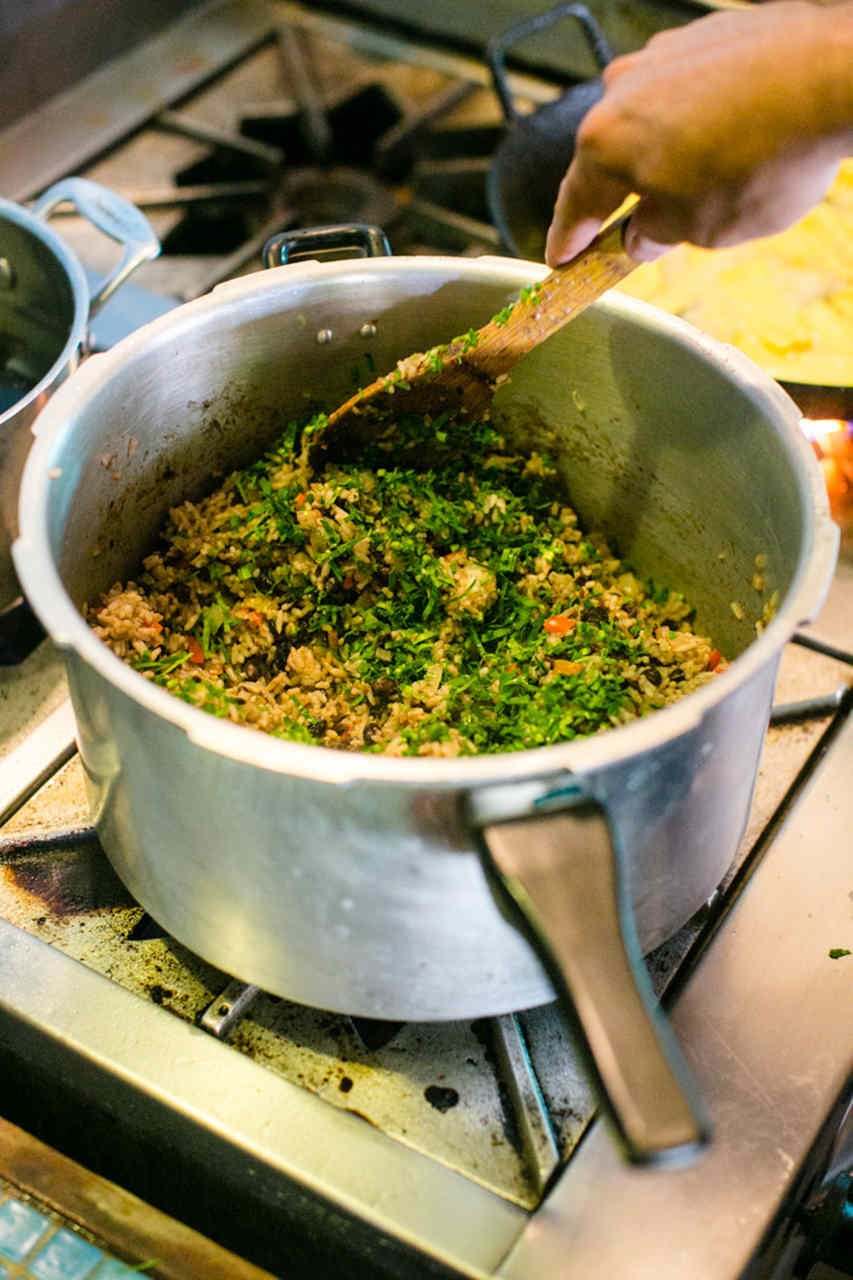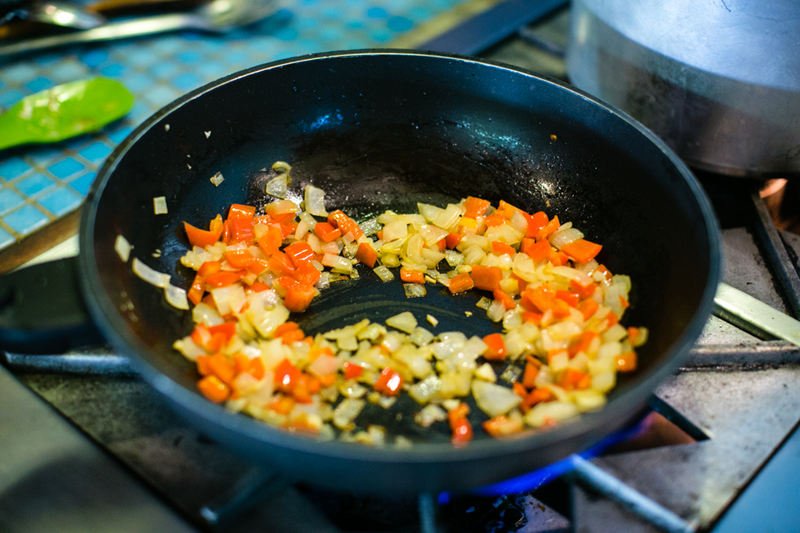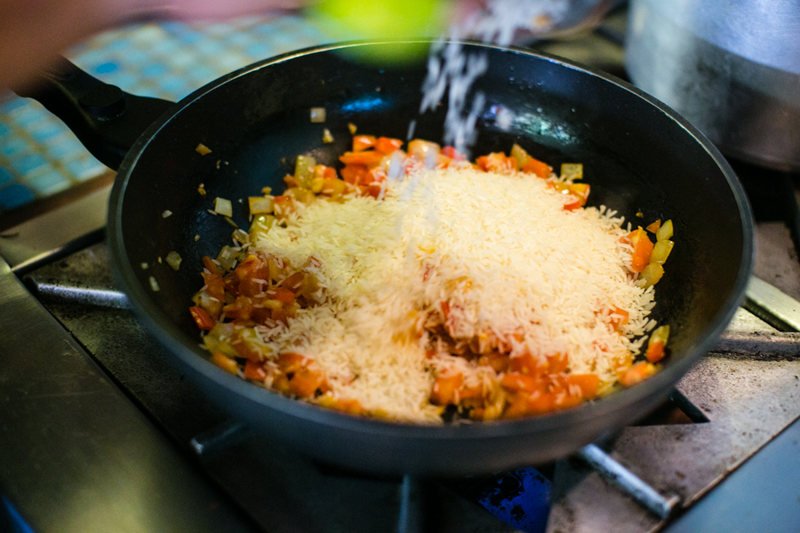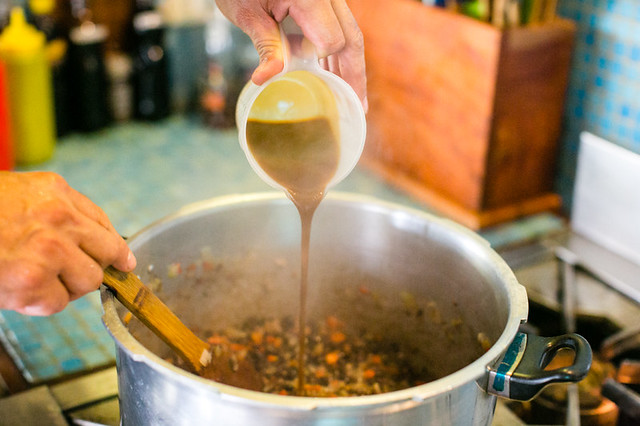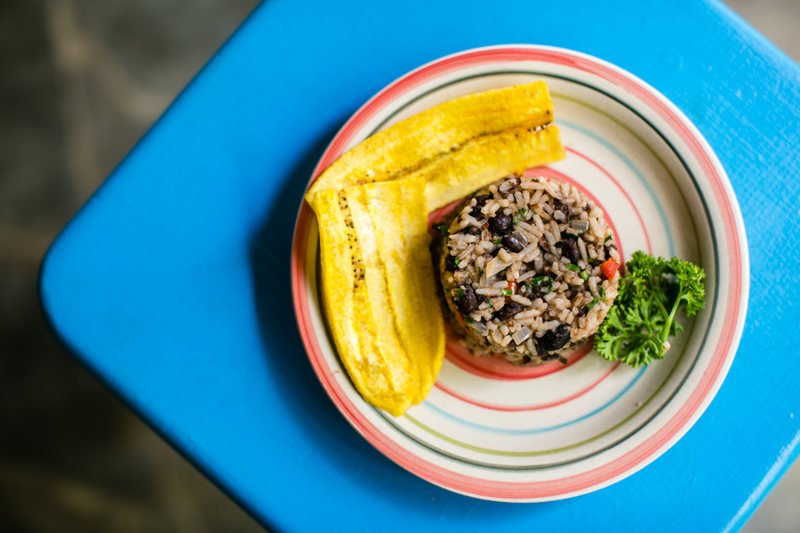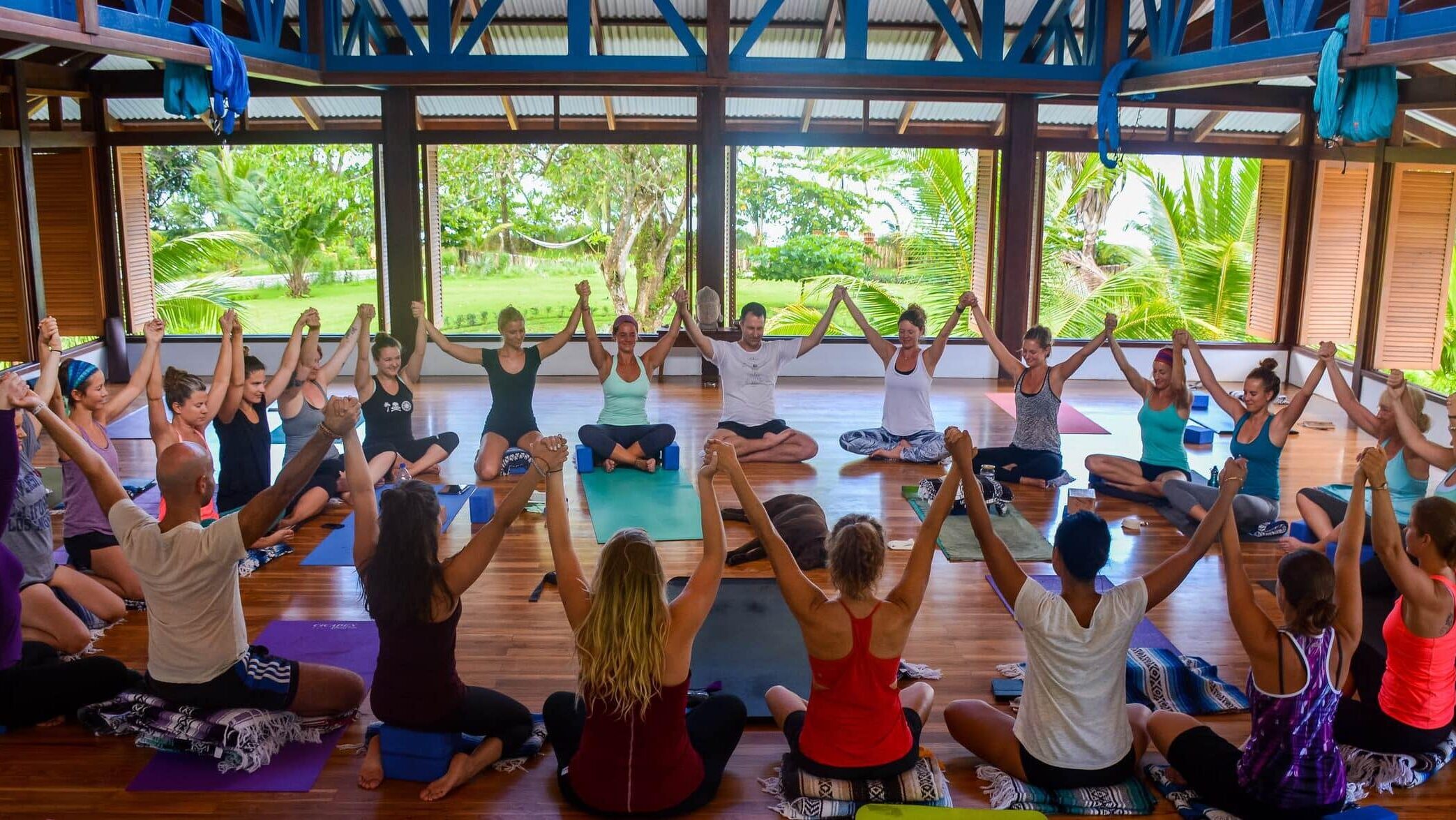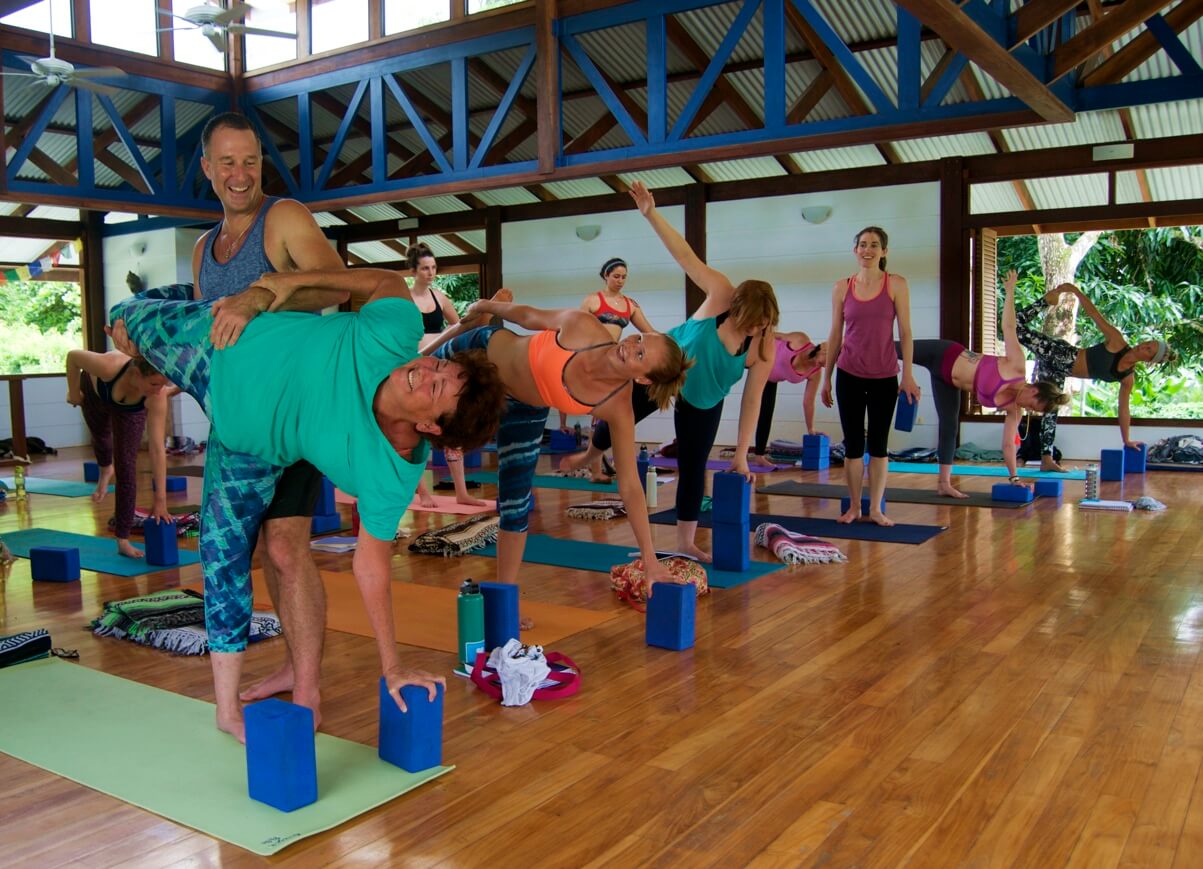Gallo Pinto. Never heard of it? We forgive you, but will you forgive yourself for living so long without it once you’ve tried it? We don’t know, but you’ll definitely thank yourself.
To start, Gallo Pinto is the national dish of Costa Rica. This tico (or local, in Costa Rican Spanish) favorite is a hearty dish consisting mainly of beans and rice.
Gallo Pinto is often topped with scrambled eggs and Salsa Lizano (or almost Lizano – more on that later!) Loaded with that lean protein and a little sauce, it becomes a favorite among locals as a belly-filling breakfast.
If eggs aren’t your thing, or you want Gallo Pinto as a dinner dish, serving it up plain-and-simple is always a crowd favorite. Complemented by a few basic staple ingredients, this famous Costa Rican meal can be more a starchy side, it can be the main attraction.
WHAT’S IN A NAME? Why Gallo Pinto?
To the English speaker, the name probably means very little. However, this vegan, vegetarian, dairy-free and gluten-free dish has a strange name given those qualities. “Gallo pinto” literally translates to “spotted rooster”! How could it be when there’s no trace of animal protein?
Well, take a look!
The speckled appearance of the dish looks just like the feathery coat of a rooster! But don’t fret, veggie friends, as we said, there’s no meat in this dish.
SOUNDS FAMILIAR?
Many countries throughout the Americas have historically relied on rice and beans as their main sources of calories. Now, it still persists as the favorite combo.
This seemingly unlikely pair came into being when the Spanish colonized Latin America. They brought to this side of the Atlantic the staple grain that now covers the world: rice. This new crop paired well will the indigenous legumes that were popular throughout the American continents. This marriage of food which would one day fill the plates of so many Latin Americans was officially born.
Gallo Pinto might sound familiar because it has cousin dishes all around the Americas!
Casado in Guatemala, Calentao in Colombia, Tacu Tacu in Peru, or Hoppin’ John in the Southeastern United States for example.
In some of these dishes, other staple foods are added, like plantains or coconut milk. In others, the beans are swapped for their regional equivalent, like black-eyed-peas for Hoppin’ John.
Every country has their version of “Gallo Pinto.” Only we think ours is one of the best. 😉
[et_bloom_inline optin_id=”optin_30″]
WAIT- WHAT WAS THAT SPECIAL Gallo Pinto SAUCE?
Salsa Lizano might be the secret ingredient to this famous food. Sold by the bottle in local grocery stores, this sauce is a smokey, tangy and subtly sweet condiment that Costa Ricans toss on just about everything… But especially on Gallo Pinto. In fact, some people in Costa Rica will tell you that it isn’t Gallo Pinto without it.
We know many of you reading this can’t pop into the local corner store to pick up this key ingredient, so we’ve provided an alternative: make your own!
DIY is almost always better, and you can make as much as you need! Who knows, after you try it you might want to put it on everything too.
TRADITIONAL COSTA RICA: RECIPE FOR GALLO PINTO
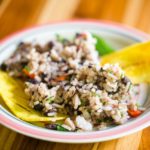
Gallo Pinto is the national dish of Costa Rica, consisting of beans and rice. Sometimes it is topped with scrambled eggs and Salsa Lizano. Gallo Pinto is simple and nourishing, as well as Gluten Free and Vegan. ¡Pura Vida! (Pure Life!)
First, prepare your salsa:SALSA ALMOST-LIZANO
- 2 ancho chiles (cut lengthwise, seeds and stems removed )
- 1 1/4 cup water (preferably filtered11)
- 1 small or medium sized onion
- 1 carrot (coursely chopped)
- 2 tbsp white granulated sugar
- 1 tbsp ground cumin
- 2 tbsp salt
- 2 tbsp molasses
- 1/2 tsp mustard powder
- 1/2 tsp turmeric powder
- 1/2 tsp black pepper
Ingredients of Gallo Pinto:
- 2 cups cooked white rice ((need took cook 2/3 cup of dry white rice first))
- 1 cup cooked red beans
- 1/2 cups Salsa Almost-Lizano (the special salsa you just made)
- 1/3 red pepper
- 1/3 onion (or one small onion)
- 1 clove of garlic (or more if you like!)
- 1/3 cup chopped cilantro
How to make the salsa
On cast-iron skillet heated on medium heat, toast chiles. About 2 minutes on each side or until fragrant.
Add water, reducing heat to simmer. Simmer for 4-5 minutes.
Remove chiles from heat and let cool.
Place all other ingredients in blender and blend to mix.
Pour chiles and water into blender and blend until smooth.
Transfer to a container and enjoy!
Salsa should be refrigerated and can be stored for up to two weeks
How to make the Gallo Pinto
Saute the onions, peppers, garlic in a large pan
dd the cooked beans and the Salsa Lizano
Simmer over medium heat, stirring occasionally for 5 minutes
Stir in the cooked rice
Simmer on very low heat for 20 minutes, stirring occasionally until all excess liquid is absorbed
Fold in the fresh cut cilantro
Serve warm
Buen Provecho from Blue Osa Yoga Retreat + Spa!
Suggested Articles
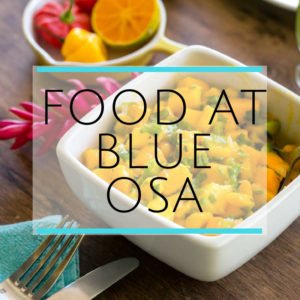


Like this post? Pin it for later!
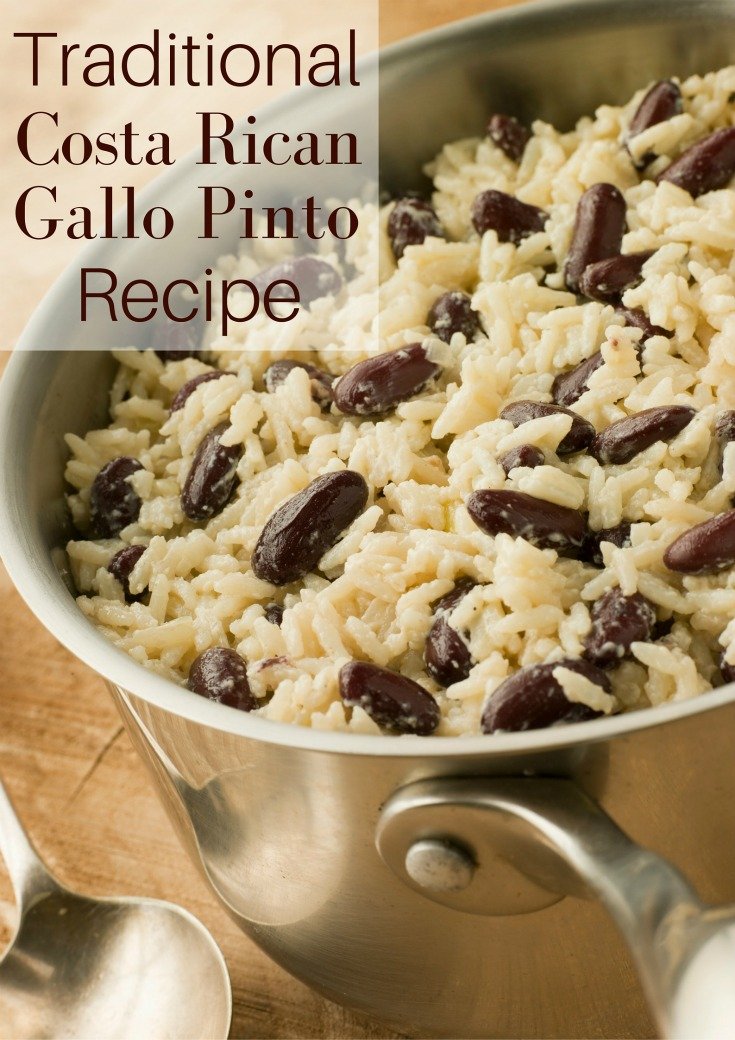
Tags: Costa Rican Cooking, food, recipes
Book/Inquire Now
Got pain? This will help you!
YOU DESERVE TO LIVE PAIN-FREE...
Receive 7 short, simple, and effective practices to alleviate knee, hip, low back, neck, shoulder pain, and more!
All you need is 5 minutes per lesson and it's FREE!
This revolutionary approach to yoga is new, and no one else is teaching this! Since I created Applied Yoga Anatomy + Muscle Activation™ and started teaching it consistently, I've witnessed students heal long-standing injuries, access yoga postures they never thought possible, and tell me over and over again how their body just feels better.
I hope you'll join me on this journey!
~Yogi Aaron
Is Yoga Teacher Training Right For Me?
We Created This FREE 5 Part Series So You Can Get All The Information To Make The Right Choice.
In this series, you will learn:
-
- Am I a candidate for yoga teacher training??
-
- What will I learn in a YTT?
-
- Do I need to have a perfect downward dog to attend YTT?
14-Day 200-Hour Yoga Teacher Training in Costa Rica
If you are looking for a 14-day 200 hour Yoga Teacher Training Costa Rica Immersion, you have landed in the right place. Join the next one!
300-Hour, 28-Day Yoga Teacher Training
Do You Feel Called To Something Greater?
This 300-Hour Yoga Teacher Training immersion training at Blue Osa will immerse you in yoga for one month.
You will have the specific transformational skills and yogic practices you need in order to connect with your higher purpose.
And more! You will be able to offer these transformative skills to others!

